Last Updated on April 23, 2025 by teamobn
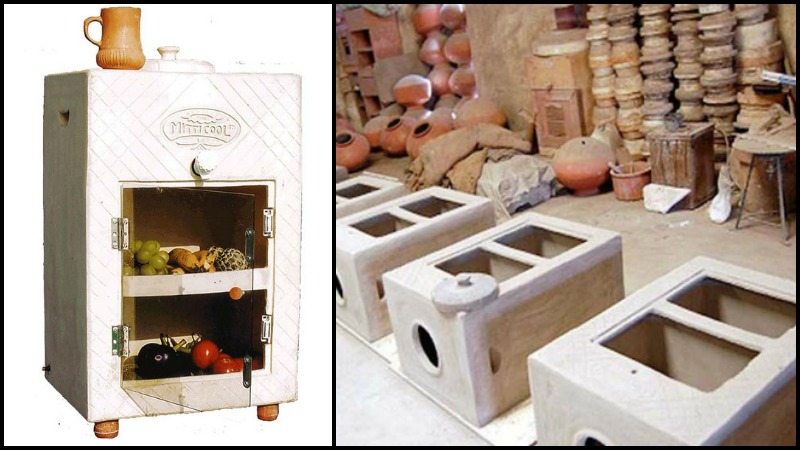
“Opportunity often comes disguised in the form of misfortune or temporary defeat.” This is what came to Mansukhbhai Prajapati, a traditional clay craftsman when a natural calamity struck their local area – an opportunity to solve a common problem of the less fortunate households…
Clay is one of the main raw materials used to create pottery and ceramic. When mixed together with water, clay becomes pliable and malleable. When the clay is placed into a mold, which can be made from materials like wood, plastic, or metal, it hardens into a shape that can then be painted or glazed.
A clay craftsman is usually a person who makes pottery by hand. That craftsman is usually well-known and respected in the community. They are those who make pottery by hand. They may also make pieces out of clay like statues. They make their work by hand and then sell it, usually in galleries or craft fairs.
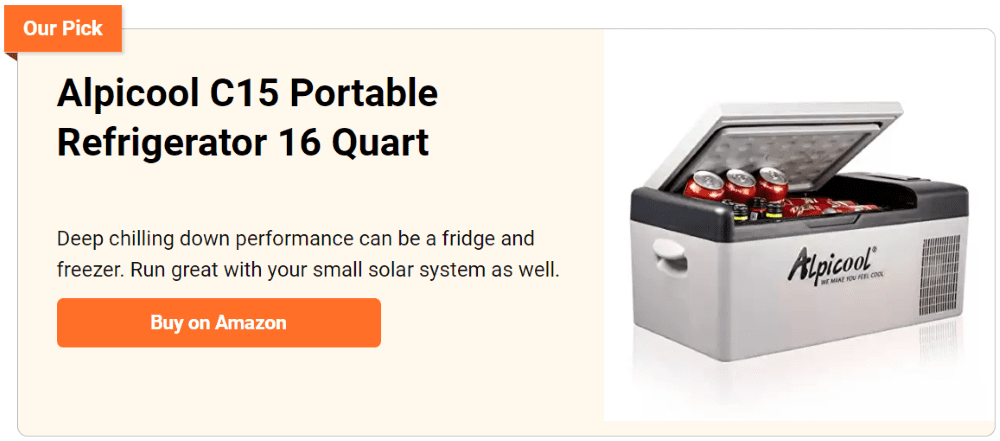
Clay Pot Refrigerator Background
In January 2001, India’s westernmost state Gujarat experienced an earthquake and Mansukhbhai lost most of his clay goods. Despite this, he was able to help other affected families by donating his goods that survived the earthquake.
But after seeing a newspaper headline showing a broken water filter, an idea suddenly popped into his mind – to create a refrigerator that does not need electricity to function.
Thus, it can be used by the less fortunate people to store and preserve food much longer.
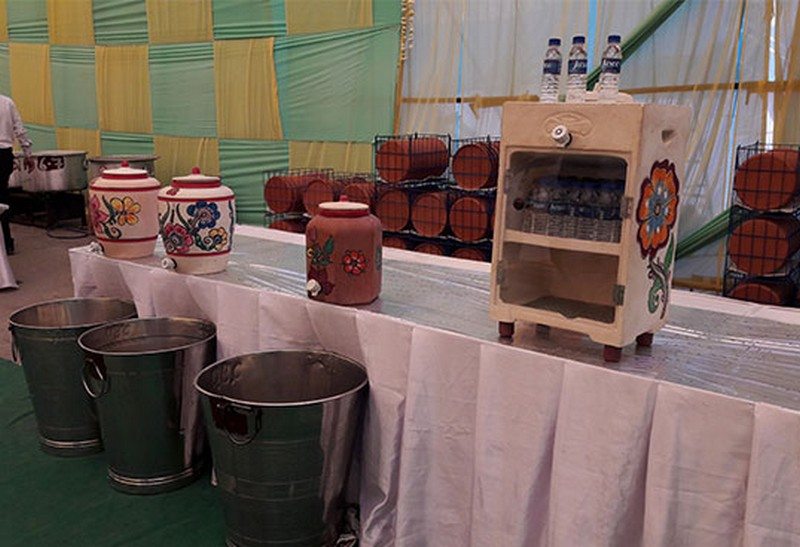
Although this idea came right after the earthquake, he was only able to start working on it in 2002. And after three years of sourcing materials and testing, his first MittiCool fridge finally came out.
The MittiCool Fridge, a Clay Refrigerator!
The MittiCool is made up of 4-5 types of mud readily available in their area.
It keeps food cool simply through evaporation. An upper chamber that holds up to 20 liters of water is designed in a way that the water drips down the sides of the unit. As this water evaporates, it cools the refrigerator’s interior, making it a suitable place to store produce.
More specifically, the MittiCool can provide a room that’s 8 degrees Celsius cooler than its environment. The design includes two shelves where you can keep fruits and vegetables fresh for up to 5 days while milk can be preserved for around 3 days.
What’s also worth noting is that this eco-friendly fridge keeps the original taste of the produce. It also has a small faucet installed in front of the unit so it acts as a water cooler/dispenser, too!
You can make it look better by painting them colorful designs. Painting the clay fridge was an easy way to make the fridge look its best, and there is a whole list of things that can be done to prep it for the paint job.
It’s a very low-maintenance appliance, requiring only basic cleaning every 2-3 days.
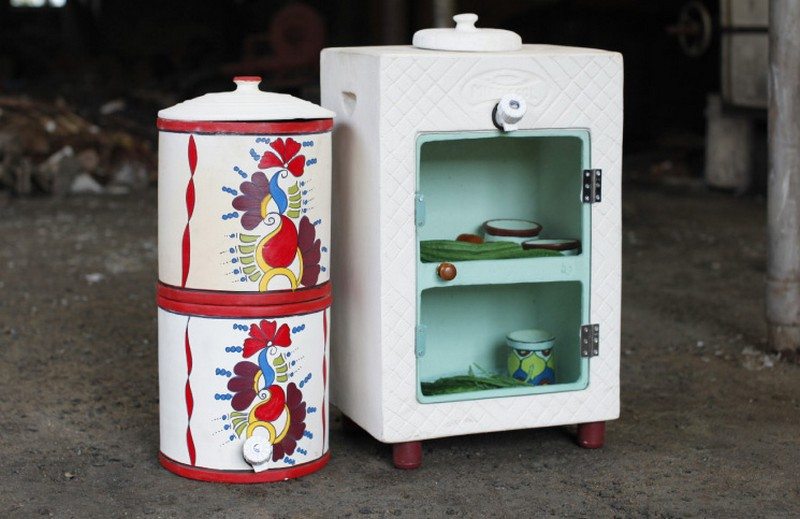
Limitations
Though the MittiCool serves as a great solution for many families in India, it is not suitable for use in other places where humidity is high. Also, it is not as strong and durable as a conventional refrigerator since it is made up only of baked clay.
Nevertheless, this awesome MittiCool fridge is a great food storage solution for people who cannot afford a standard refrigerator since it doesn’t have recurring costs. It’s quite affordable too, being sold at just 3400 Indian Rupee or around $52!
What can you say about this story?
How a Clay Pot Refrigerator Works: The Science of Evaporative Cooling
A clay pot refrigerator is a straightforward but clever approach to maintain food chilled without power. Often found in rural or off-grid areas, this natural cooling system depends on the fundamental idea of evaporative cooling. Used under the correct circumstances, it is remarkably efficient, inexpensive, and environmentally benign option.
The Concept Behind Evaporative Cooling
Evaporative cooling is the process by which water transforms from liquid to vapor, hence absorbing heat from its surroundings. Water gradually evaporating from the porous surface of the clay activates this process in a clay pot refrigerator. Water evaporation lowers the temperature within the pot by pulling heat from the inner chamber.
Structure of a Clay Pot Refrigerator
Often called a zeer pot, the clay pot refrigerator is constructed by putting a bigger unglazed terracotta pot inside a smaller one. Wet sand fills the area between the two pots. Usually composed of cotton, a moist cloth covers the whole arrangement. Unglazed clay cools the inner pot where food is kept by allowing water to seep through and slowly evaporate.
Why Clay Is the Ideal Material
Clay is inherently porous. That indicates it can store water and let it gradually evaporate across its surface. How quickly the water evaporates determines the cooling effectiveness. Evaporation is quicker in dry, hot areas, so the cooling impact is more apparent. That makes the clay pot refrigerator particularly beneficial in dry or semi-arid areas.
Temperature Drop and Storage Efficiency
Under perfect circumstances, a clay pot refrigerator can lower the interior chamber by 6 to 10 degrees Celsius below the ambient temperature. This decline is sufficient to maintain the freshness of dairy products, vegetables, and fruits for several days. Unlike traditional refrigerators, this approach doesn’t change the natural taste or moisture of kept food as it doesn’t use compressors or refrigerants.
Limitations Based on Climate
Humidity reduces the cooling effect since water does not evaporate as fast under humid conditions. These refrigerators are therefore more efficient in dry areas where evaporation occurs more quickly and continuously.
The science may be simple, but the impact is big. A clay pot refrigerator uses no electricity, emits no greenhouse gases, and provides a sustainable way to store food where resources are limited.
Best Foods to Store in a Clay Pot Refrigerator
A clay pot refrigerator offers a low-tech, energy-free way to preserve food in hot climates. It’s especially useful in off-grid areas or during power outages. While it doesn’t match the chilling power of modern fridges, it does an excellent job at extending the life of certain types of food.
Fruits and Vegetables That Stay Fresh
Leafy greens like spinach, coriander, and lettuce do well in a clay pot refrigerator. The consistent cool temperature helps keep them crisp for a few days longer than if left out in the open. Tomatoes, cucumbers, carrots, and bell peppers also respond well to this environment. The humidity retained inside the pot prevents the produce from drying out too quickly.
Root vegetables like potatoes, onions, and garlic are ideal for clay cooling. These items don’t need freezing temperatures, just a cool, dry place to last longer without sprouting or rotting. A clay pot refrigerator provides the right level of ventilation and temperature control for these crops.
Dairy Products for Short-Term Storage
Milk, yogurt, and soft cheese can be stored in a clay pot refrigerator for short periods. Milk stays fresh for about two to three days, especially when placed in a sealed container. The reduced temperature slows down spoilage but doesn’t eliminate bacteria growth. That’s why it’s best to consume dairy stored this way within a couple of days.
Cooked Foods and Leftovers
You can also store cooked rice, stews, or boiled vegetables in the inner pot, as long as they are kept in airtight containers. The cool interior prevents bacterial growth for at least a day or two. However, unlike electric fridges, you should avoid storing meat or fish inside, as the temperature isn’t low enough to keep them safe for long.
Snacks, Bread, and Dry Goods
Dry snacks, biscuits, and bread stay fresher when protected from the heat. A clay pot refrigerator keeps them from turning stale too quickly. You can also use it to store nuts, lentils, and grains, provided they are placed in containers that prevent moisture absorption.
The clay pot refrigerator isn’t for everything, but it’s a smart solution for people looking to keep daily food fresh in a sustainable way. When used correctly, it can reduce food waste and lessen your dependence on conventional refrigeration.
Clay Pot Refrigerator Gallery
Click on any image to start the lightbox display. Use your Esc key to close the lightbox. You can also view the images as a slideshow if you prefer?
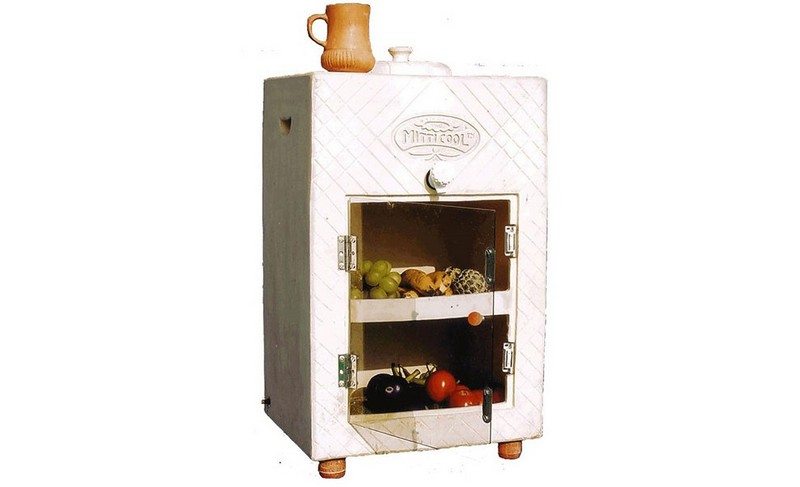
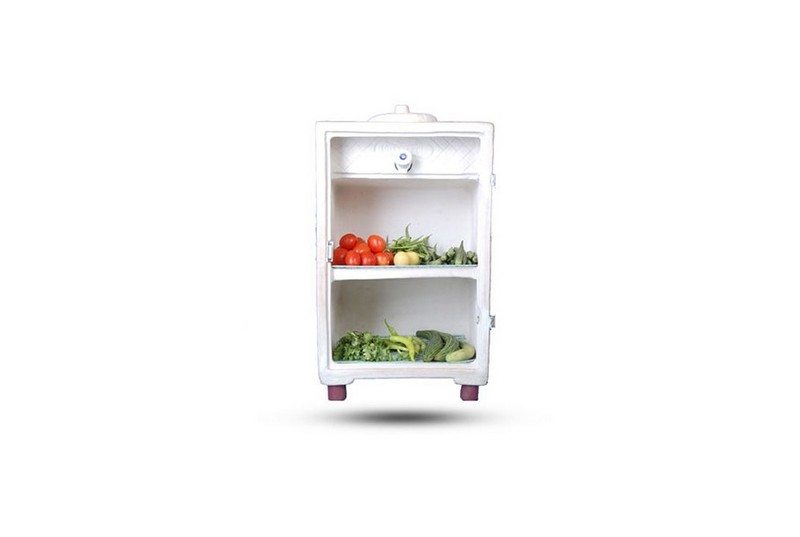
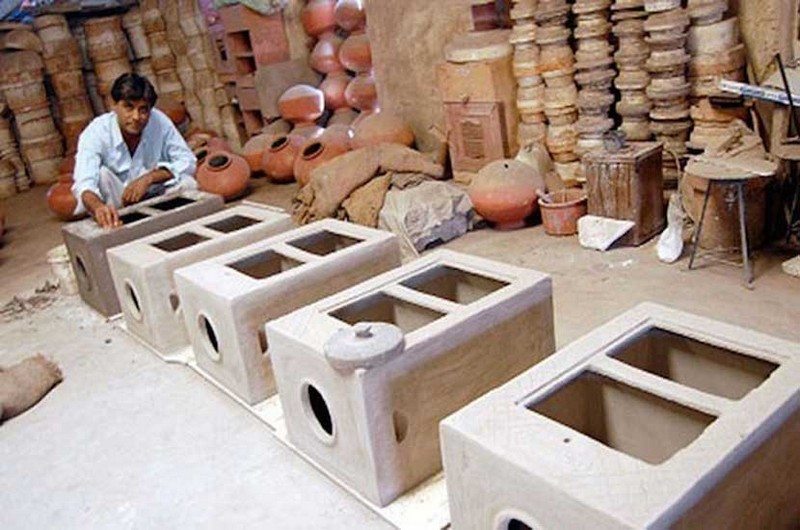

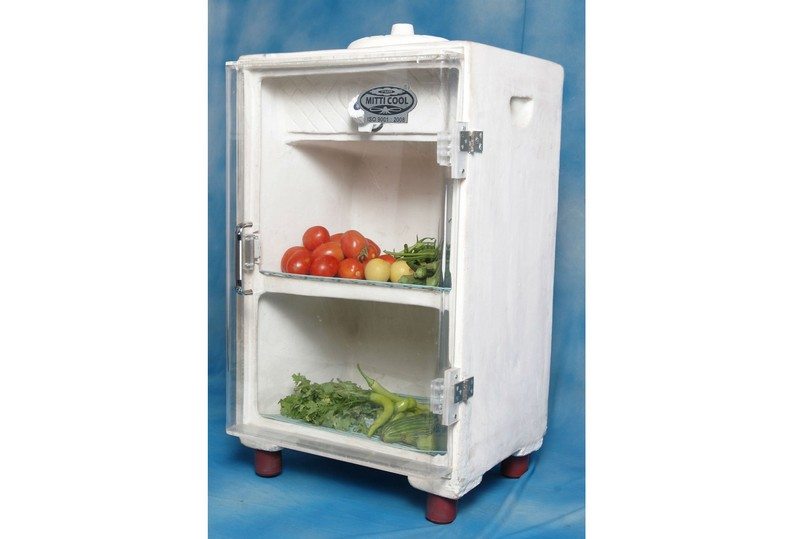
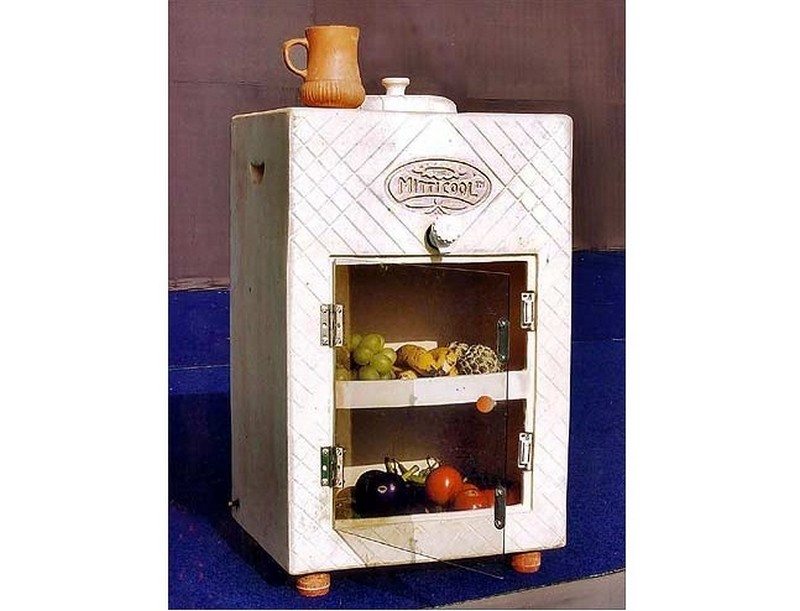
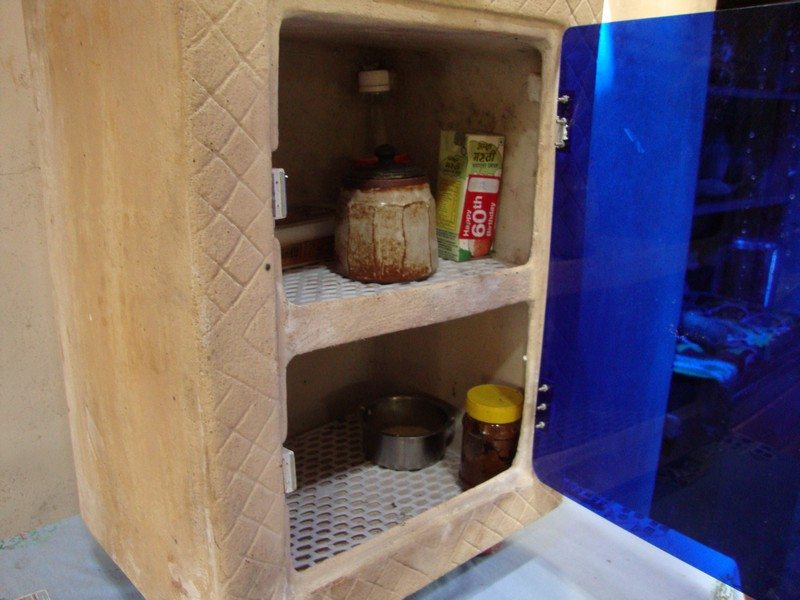
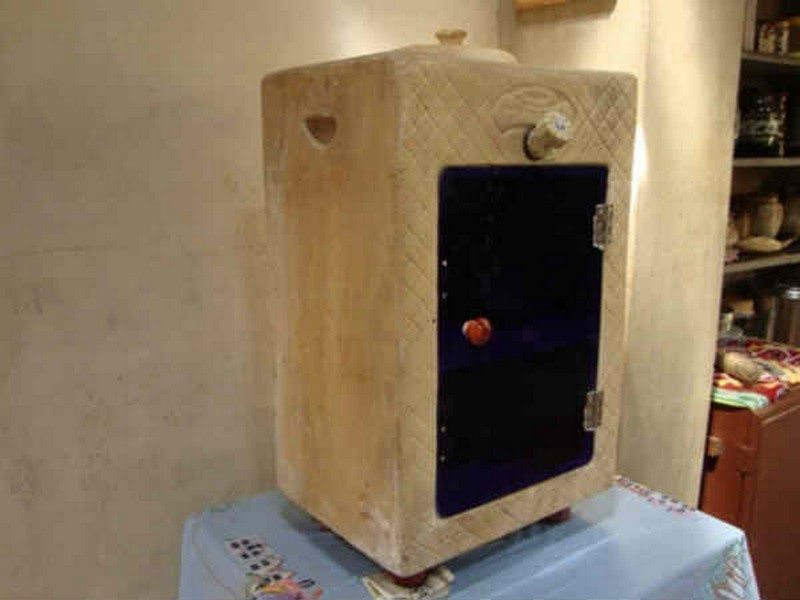

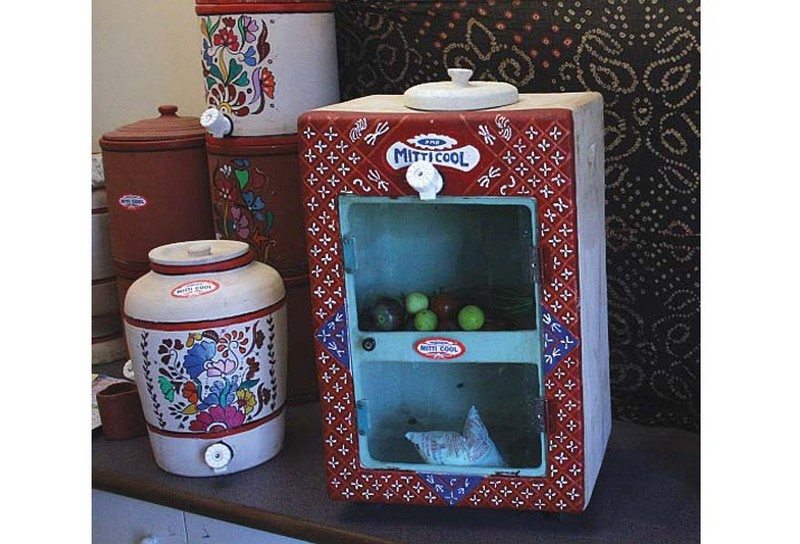
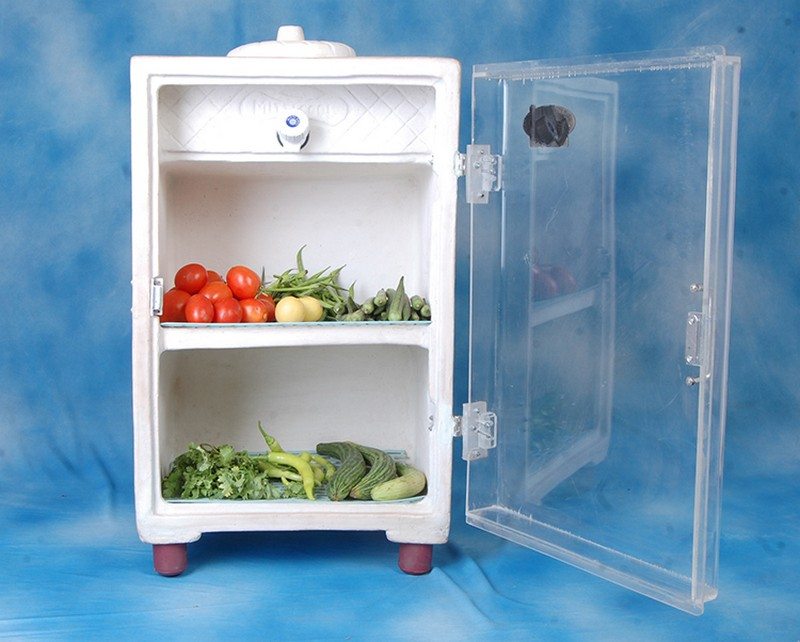
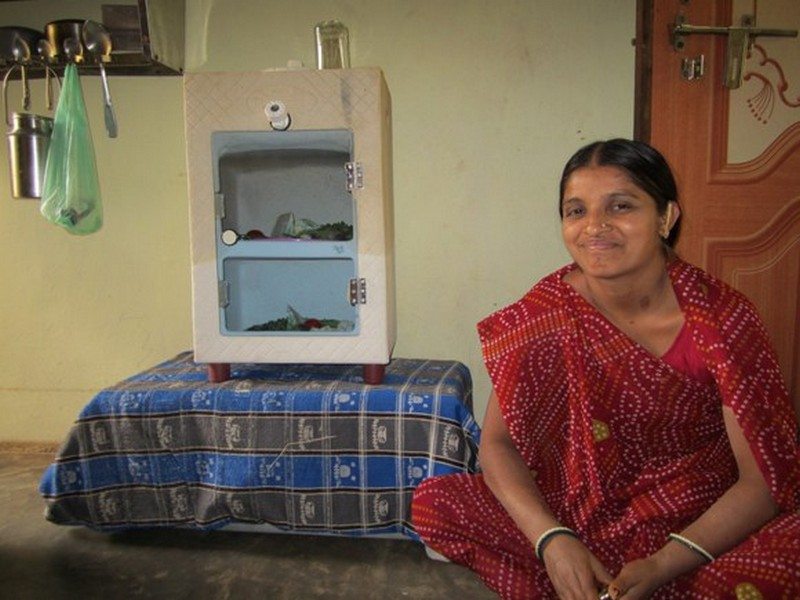
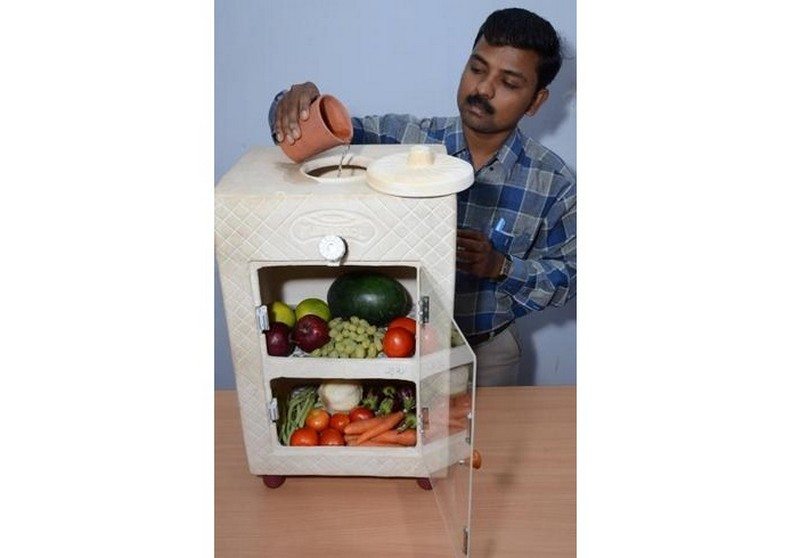
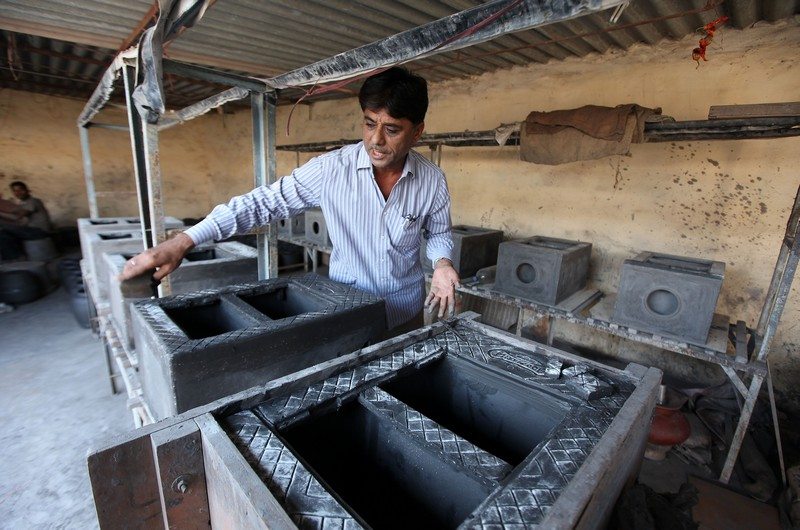
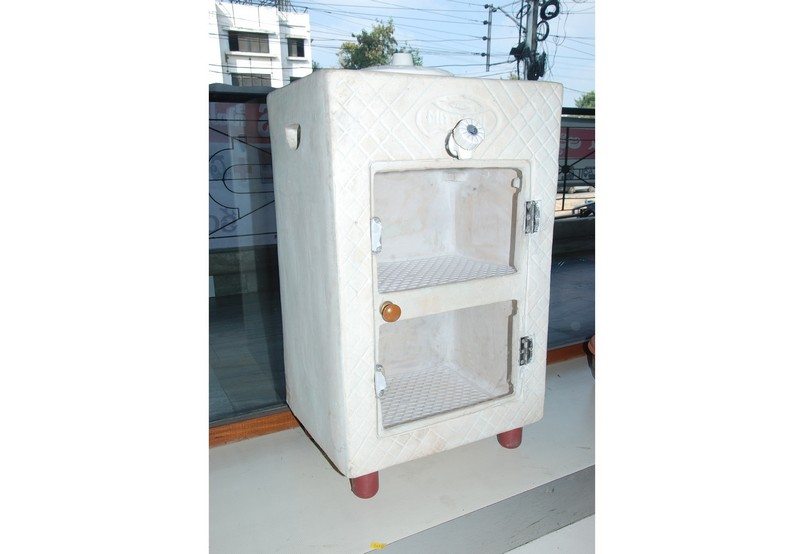
Want to learn more about Mansukhbhai Prajapati and his products? Head over to this site!
Benefits of Using a Clay Pot Refrigerator in Off-Grid Living
Living off-grid means relying less on public utilities and more on natural resources. It’s a lifestyle that values sustainability, simplicity, and self-sufficiency. One practical tool that aligns perfectly with these values is the clay pot refrigerator. It’s an affordable, eco-friendly way to preserve food without using electricity.
Zero Energy Consumption
One of the biggest advantages of a clay pot refrigerator is that it doesn’t require power. It works entirely through evaporative cooling. This makes it ideal for locations where electricity is unreliable, expensive, or completely unavailable. With no plugs or batteries to worry about, it becomes a reliable part of daily food storage.
Affordable and Low Maintenance
A clay pot refrigerator is inexpensive to make or buy. Most of the materials—unglazed terracotta pots, sand, and water—are easy to source. Once set up, maintenance is minimal. You only need to keep the sand moist and the cloth cover damp to maintain cooling. There are no moving parts, no refrigerants to refill, and no repair bills from malfunctioning compressors.
Supports Local Craftsmanship
In many parts of the world, these refrigerators are made by local artisans. Buying one supports traditional pottery skills and small-scale craftspeople. This encourages sustainable economies within rural communities. In some areas, local potters can even customize clay pot refrigerators to suit household needs.
Preserves Nutritional Value and Taste
A clay pot refrigerator cools food gently without freezing or drying it out. This means fruits and vegetables retain more of their natural taste and texture. Unlike electric fridges, it doesn’t alter the humidity balance inside the food. This can make meals healthier and fresher when prepared from stored ingredients.
Promotes Sustainable Living
Using a clay pot refrigerator aligns well with eco-conscious goals. It doesn’t add to your carbon footprint. It requires no synthetic materials to operate. And when it reaches the end of its life, the materials break down naturally without harming the environment. For off-grid homes focused on green living, it’s a smart choice.
In off-grid settings where every resource counts, the clay pot refrigerator provides a simple, reliable way to keep food fresh. It’s proof that low-tech solutions can still deliver high value, especially when sustainability is a top priority.
Conclusion
The clay pot refrigerator is a simple yet powerful tool for sustainable food storage. It works without electricity and supports off-grid, eco-friendly living. With proper care, it can keep produce fresh and reduce waste in any low-resource environment.
You might also like viewing these kitchen ideas…
























